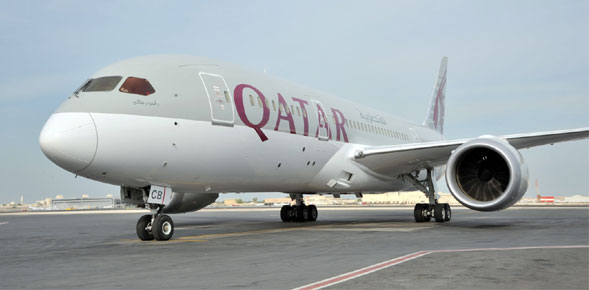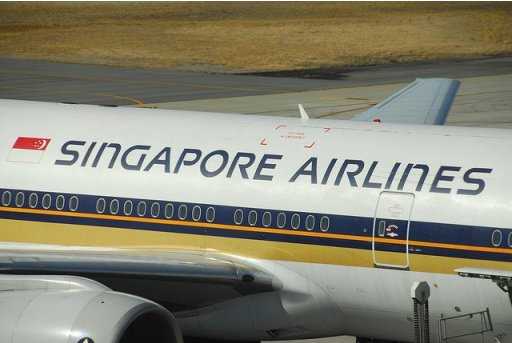Rolls-Royce, the global power systems company, yesterday delivered the first Trent 900 aero engine produced in Singapore to Airbus in Toulouse, France.
Paul O’Neil, Director of Rolls-Royce Seletar Campus, said: “The delivery of the first Trent aero engine produced in Singapore is a significant milestone for us.
“It represents a huge collaborative effort with colleagues in the UK supporting our team here to ensure that the engine, produced to our exacting standards, was delivered on time,” he said in a statement.
The Trent 900 aero engine was developed for the Airbus A380 family and delivers the lowest lifetime fuel burn in addition to its excellent environmental attributes.
The Trent 900 has been selected by 11 of the 17 airlines who operate the aircraft.
The 154,000 sq m Seletar Campus is the largest aerospace facility in Singapore.
Opened by Prime Minister Lee Hsien Loong in February 2012, it includes a Trent Aero Engine Assembly and Test Unit; a Wide Chord Fan Blade manufacturing facility; an Advanced Technology Centre; and a Regional Training Centre.
The Seletar Assembly and Test Unit is a state-of-the-art facility designed to allow simultaneous assembly and testing of Rolls-Royce Trent engines under one roof. At full capacity it can produce up to 250 engines per year.
Initially Trent 900 and Trent 1000 aero engines will be built here.
The Group’s Wide Chord Fan Blade (WCFB) manufacturing facility is the first outside the UK to manufacture hollow titanium WCFBs, a unique capability and technology which has played a key role in the success of the Trent aero engine family.
At full capacity, this facility will produce over 6,000 blades per year.
SOURCE
It's a very good investment by Rolls Royce in Singapore. With the Aerospace Hub in Seletar coming up, it's going to be an area fully focused on aircraft MROs and General Aviation. Who knows, they might even upgrade Seletar Airport into a fully international airport.


















